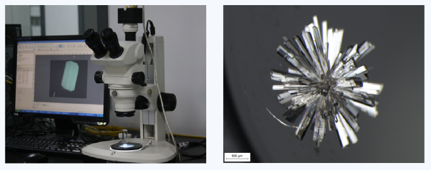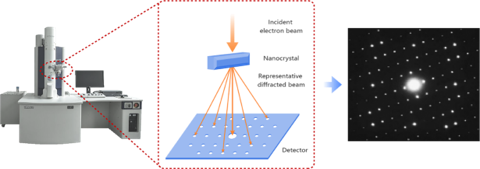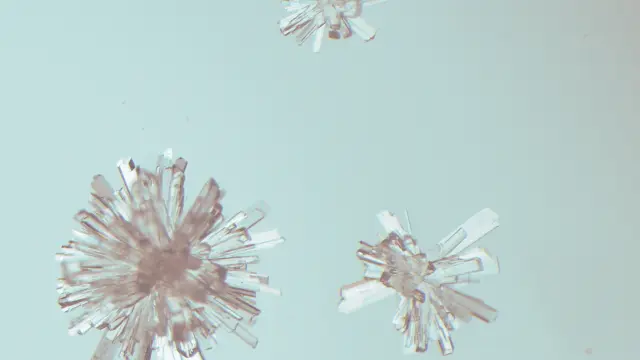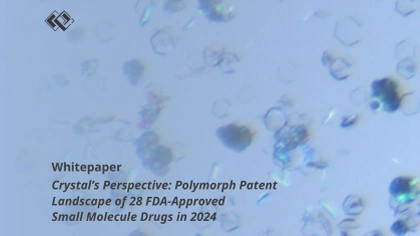20 Jun 2025
Single crystal growth and structure determination technology are the main methods to determine the absolute configuration of drug molecules and identify the crystal forms absolutely. The single crystal culture and analysis technology firstly obtain high-quality crystals through a variety of experimental single crystal growth methods. After the single crystal is obtained by growth, the single crystal structure and/or the absolute molecular configuration are analyzed after collecting data by single crystal X-ray diffraction or Micro ED.
Crystal Pharmatech has completed the growth and analysis of hundreds of drug compound single crystals. Our technology has been proven to achieve a high probability of success of more than 90%, which is much higher than the industrial standard of 50%.
Crystal Pharmatech has two in-house state-of-art single-crystal diffractometers for most viable chemical systems as well as crystallographic partners for challenging systems. We also have access to National Synchrotron Light Source II–Brookhaven National Laboratory when the single crystals (e.g. 1-20 μm) are too small using standard X-ray diffraction. For microcrystals or even nanocrystals that are the size of 100 nm to 1 μm, we will then apply MicroED method to determine the crystal structure.
Single Crystal X-ray Diffraction (SCXRD)
Fast detection speed:10-15 min for conventional sample
High sensitivity: as little as 10 μm crystal
Extensive experience: over 10 years and hundreds of structure identification experiences
MicroED
Suitable for the detection of microcrystalline samples (< 200nm)
Higher theoretical signal-to-noise ratio
Higher spatial resolution
Diffraction and imaging information can feed back at the same time

.webp)
